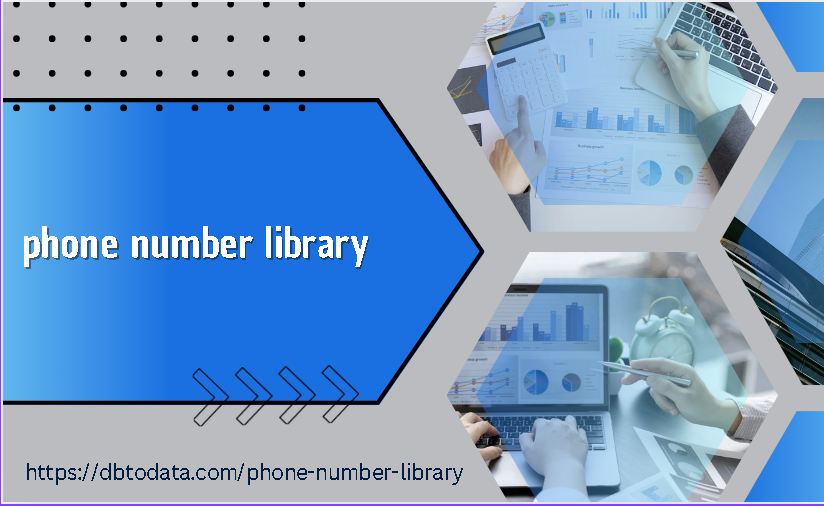As organizations attempt to maintain market leadership and build future revenue streams—whether acquiring new customers or introducing new features or products—key to supporting this ambition is key accounts. As times change and accounts become more strategic, account planning will only become more important. But existing practices for vendor account managers have remained largely unchanged, slowly alienating digitally savvy customers.
The time to modernize account management is now. Adopting digital key account management (KAM) and the resulting account-based activities can have a significant impact on an organization, but maximizing the returns first requires a cultural change.
1. Organizations must adopt digital as their primary way of communicating with customers.
Customers everywhere – be it B2B or B2C – have changed afghanistan phone number library their habits and prefer digital channels, which means researching benchmarks online, comparing attributes of various vendors, sifting through user reviews of said vendors before shortlisting them, and so on.
While today’s B2B customers are active online researchers, B2B sales reps are struggling to achieve face-to-face interactions. Solution providers must be smart about optimizing their support capabilities.
Combining and formatting tribal knowledge of key accounts, account managers can pick up where their colleagues or predecessors left off. This not only significantly reduces account resolution time, but also helps solution providers. With up-to-date KAM data and the tools to interpret it, even small account teams can go above and beyond by communicating important account information and responsibilities.
2. The “SaaS-ized” economy means account managers must become more data savvy.
In the past, account management was all about execution. The client organization asked for a solution to a problem they were facing, and the account manager at the vendor organization would look to education is teaching the customer not about the vendor for the answer. As long as the vendor delivered what they asked for, the contract would be renewed.
With the ever-changing needs of buyers and other forces, this supplier-buyer dynamic is no longer the case. Account managers should be executing from the beginning. Even data from six months ago is no buying house b longer valid, and frequent turnover of employees on both sides makes it difficult to track data.
Capturing this knowledge into enterprise memory enables the entire team to instantly address the customer’s needs. The culture of the organization needs to shift to a customer-centric model for this to happen. Leaders must do this by simplifying the need to capture critical customer data in the right way.

